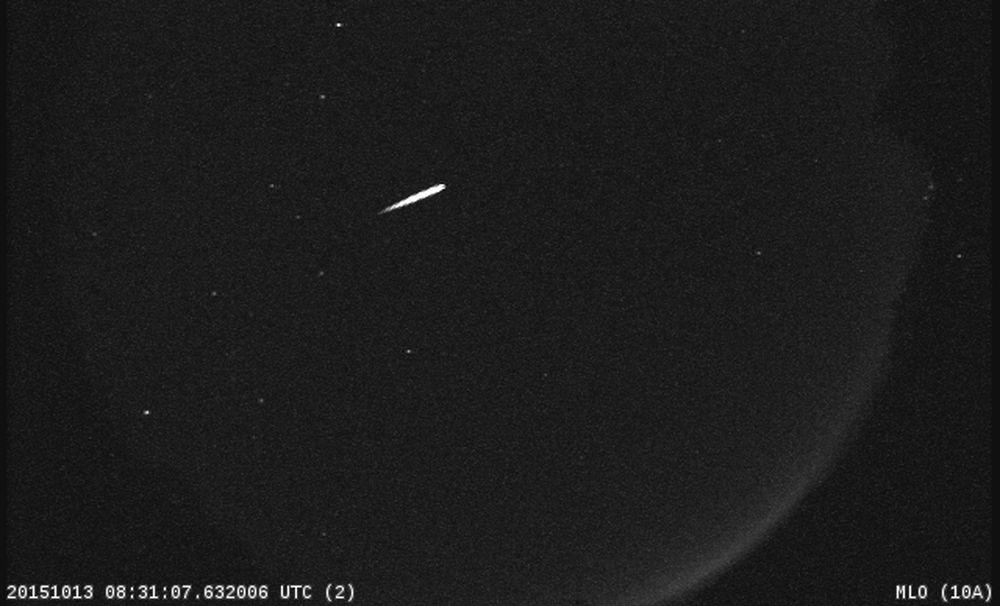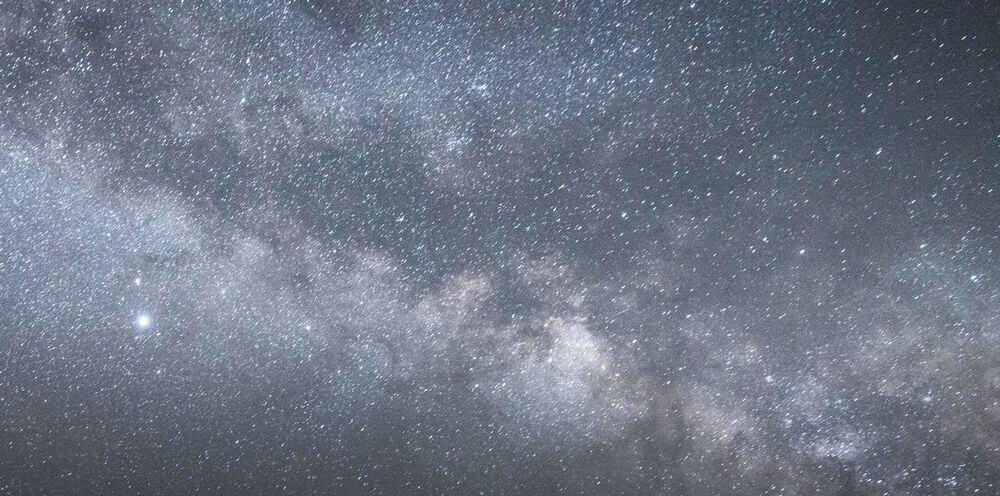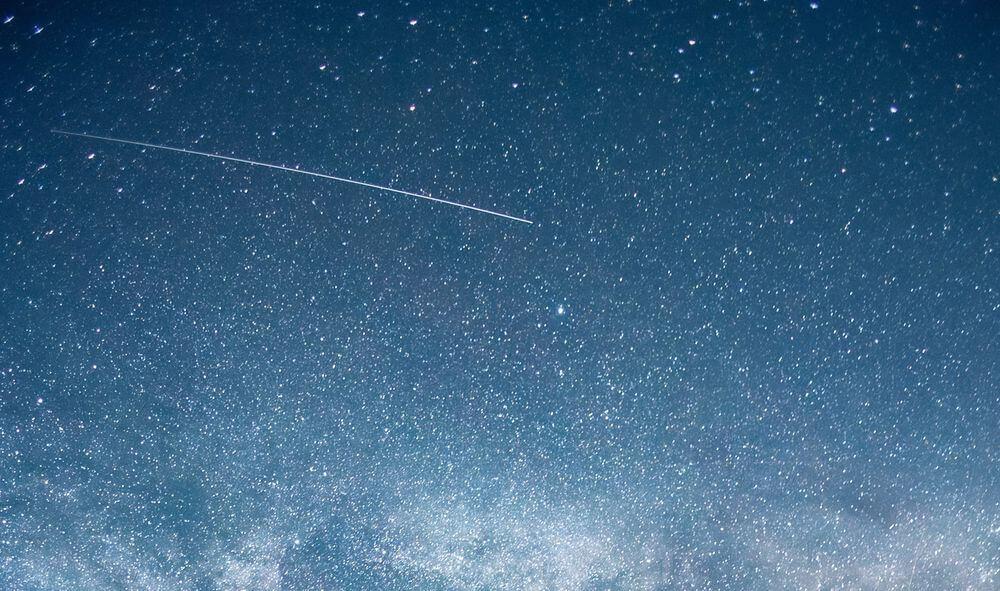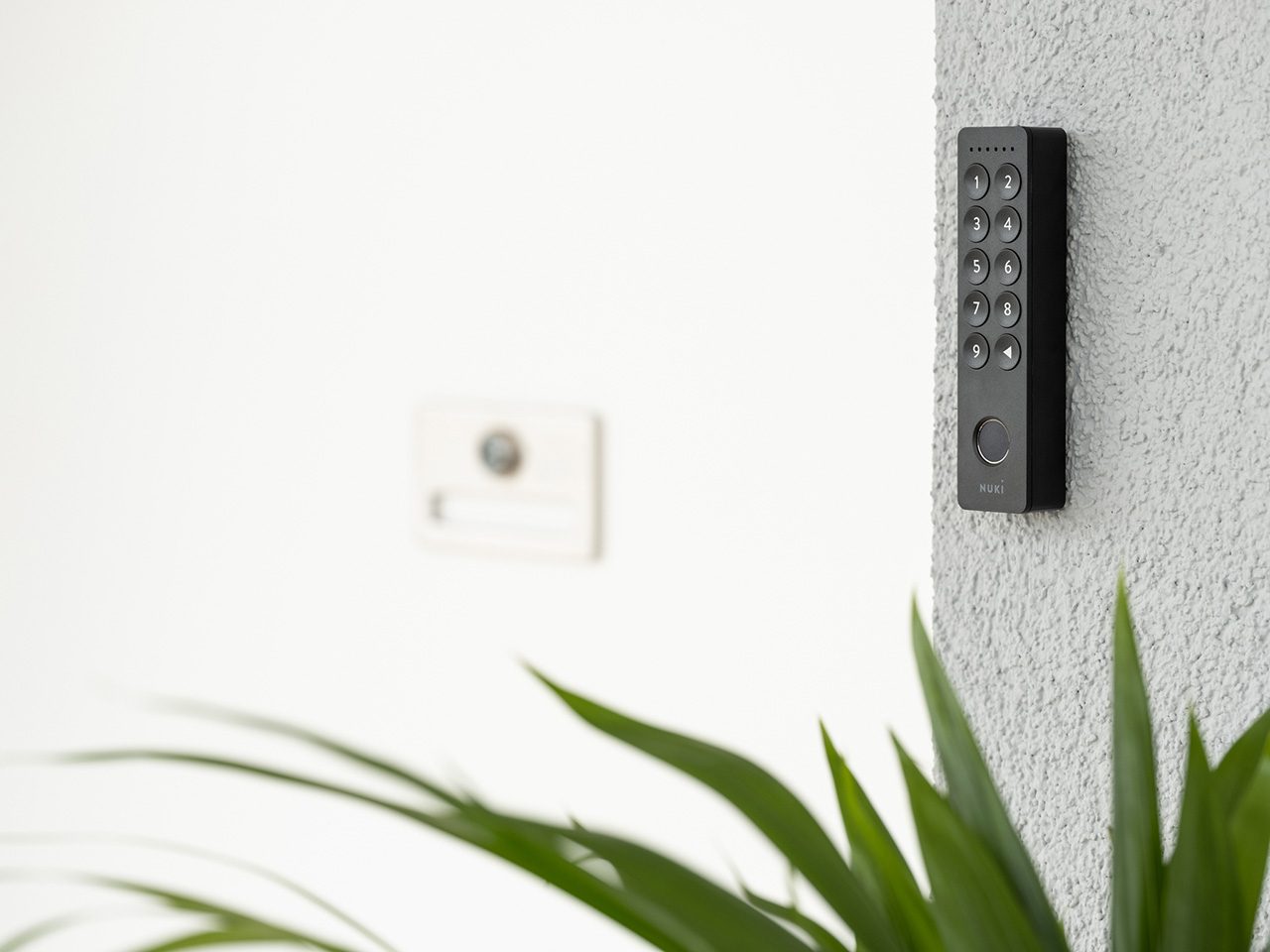We are approaching a key moment of the year: the date on which we can enjoy one of the best meteor showers. This is the Orionids, a meteor shower that will give us an excellent opportunity to lie down looking at the sky and delight in a magical moment.
As you may know, the Orionid shower takes place between October 2 and November 7. Does this mean they’ve already started and we’ve missed the best? Nothing of that! Don’t worry, because the key moment is still ahead and we still have plenty of days to prepare.
It will be the next week
As we indicated, the most recommended time to see the Orionid meteor shower will be within a week, more precisely the night of Saturday the 21st to Sunday the 22nd. It is a fantastic time for us, since, when it falls on middle of the weekend, we will have no problem organizing a good plan to see the stars. The only thing we will have to do is prepare ourselves to be rested and have a good time that night.

Why is it recommended that we wait a few hours? Because in the first moments of the meteor shower there will still be problems seeing them. The Moon will still be positioned in a way that will make it difficult to see the falling meteors. It will be necessary to wait a little for the Moon to set over the horizon and give us free rein to fully enjoy. You won’t be able to see meteors throughout the night, but you will be able to see them throughout much of it.
How to see them?
They say from the National Geographic Institute that 2023, like last 2022, is not going to be a good year to enjoy the Orionids. But that doesn’t mean you can’t make an indelible memory, especially if you do it on the night we’ve indicated. In other years there may be more times when you can see the meteors fall more clearly, but this time you will have to refer to the night of that weekend.
As in other similar cases, you do not need to use any type of tool, telescope or gadget. The only thing you’re going to have to use is your own eyes. Specialists recommend, however, that you lie down looking at the sky before they begin and that, for a few minutes, you relax while your eyes get used to the darkness of the night. This will mean that, when the meteor shower begins, you will be able to see them much better and it will end up becoming a first-class experience. Also, don’t forget that it is recommended that you go to a place where there are no buildings or elements that could block your view. If you are in the city it will be a bit complicated, but if you can’t do anything to go to a place where you can see it calmly, it is best to find the highest place possible.

Aside from this, you should also know that there is no exact point where you have to look. The Orionids look good all over the sky and you don’t need to be looking towards the location of the Orion constellation, even though there are those who think that way. The only problem would be that the Moon was still shining, but it will be a matter of time before it sets and, in any case, you can always point your gaze to the opposite side.
What can we expect?
The shooting stars that occur in the Orionids are well known to people around the world. These are meteors that move very quickly, so it is advisable to be attentive to see them in all their splendor. In the period of one hour, a minimum of 15 meteors and up to a maximum of 70 can fall, so they fall a little behind the level of spectacularity that the December Geminid meteor shower has.
In case you’re wondering, the Orionids have their origin in the famous Halley’s Comet. It is in motion and orbits the Sun every 76 years, which means that the next time we can possibly see it from our planet will be in 2061. The last time it occurred was in 1986, so I’m sure there are many people who are impatiently waiting to be able to see it in a few decades. Meanwhile, what we can do is delight, year after year, with the Orionids, which form at the moment when the fragments broken off from Halley come into contact with the atmosphere of our planet. This occurs due to the movement of the Earth itself, which intersects with the fragments and produces a collision that results in the meteor shower.

Similarly, in the month of May there is another encounter of the Earth with a group of Halley fragments, which gives rise to the eta aquarid shower, which I am sure you have also heard of. But, right now, where we put all our attention is on the Orionids. Don’t forget, the best night will be in a few days!












